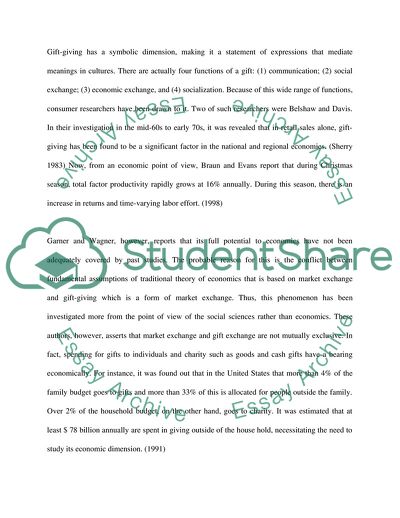Cite this document
(The Threat of Christian Teaching Research Paper, n.d.)
The Threat of Christian Teaching Research Paper. https://studentshare.org/religion-and-theology/1711430-topic-1
The Threat of Christian Teaching Research Paper. https://studentshare.org/religion-and-theology/1711430-topic-1
(The Threat of Christian Teaching Research Paper)
The Threat of Christian Teaching Research Paper. https://studentshare.org/religion-and-theology/1711430-topic-1.
The Threat of Christian Teaching Research Paper. https://studentshare.org/religion-and-theology/1711430-topic-1.
“The Threat of Christian Teaching Research Paper”. https://studentshare.org/religion-and-theology/1711430-topic-1.


